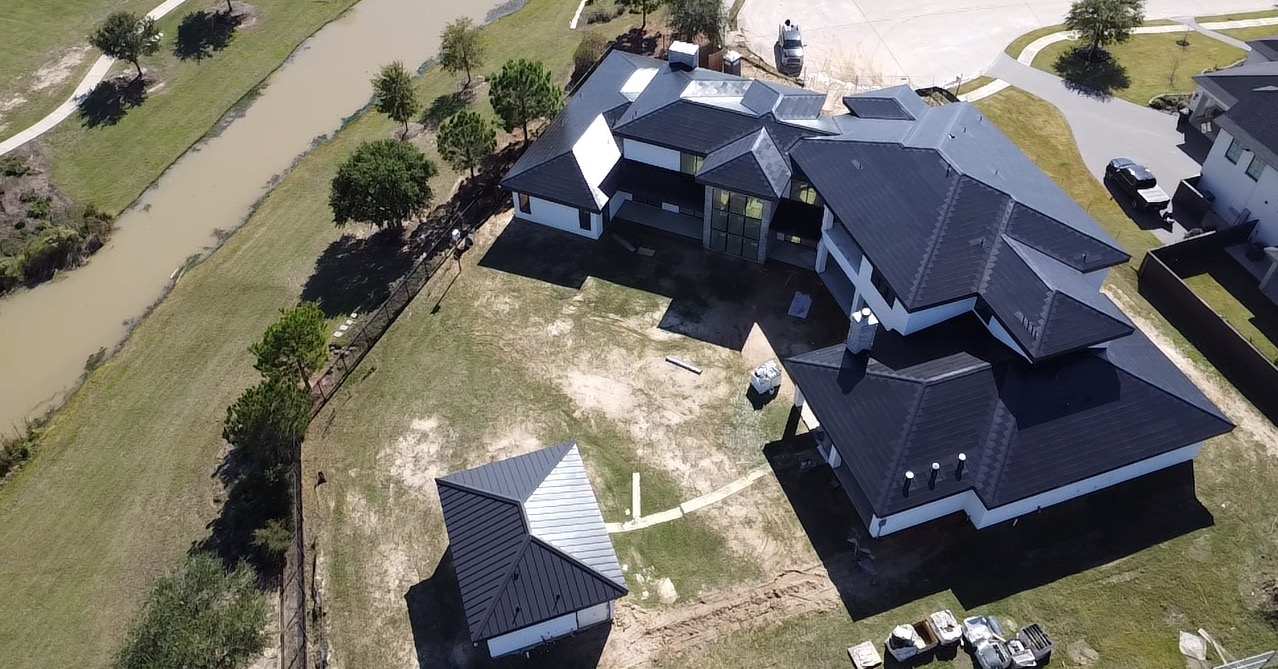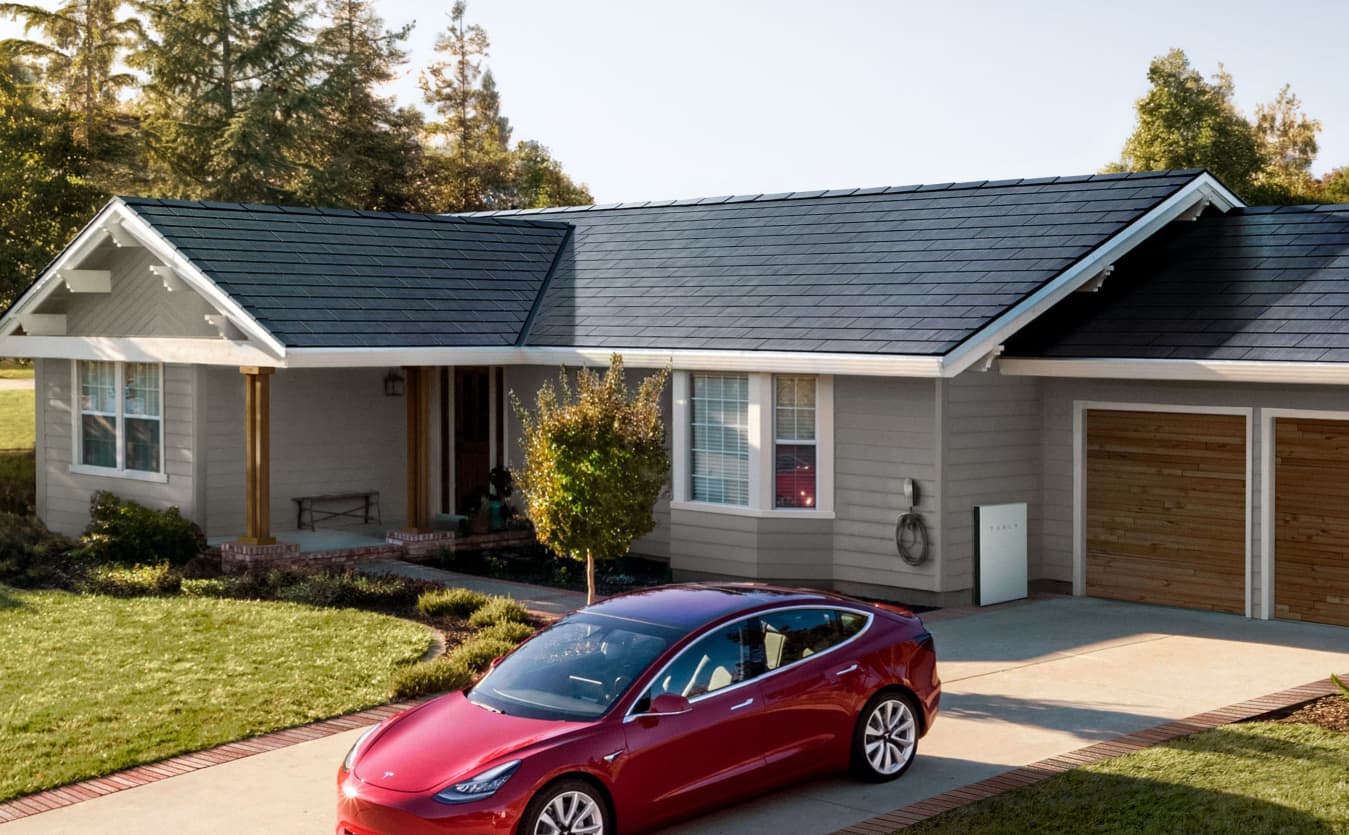Tesla Homes With Innovative Solar Roofs Video Shows Fire During Flooding Conditions
Tesla Homes With Innovative Solar Roofs Video Shows Fire During Flooding Conditions
Blog Article
Tesla Smart Homes With Energy-Saving Technology House Fire Reported After Heavy Rain

Tiny home living continues to gain popularity, drawing individuals looking for affordability, simplicity, and sustainability. However, there are quite a few authorized concerns for tiny home residing that should not be missed. As people transition into this minimalist life-style, it's essential to navigate the complexities of zoning laws, building codes, and land use regulations.
Zoning laws dictate how land can be used in a particular area, affecting where tiny homes can be located. In many municipalities, traditional zoning regulations do not account for the unique nature of tiny homes. This inconsistency can lead to challenges when trying to place a tiny home on a lot. Some regions may enable tiny homes as accent dwelling items, whereas others could strictly prohibit them.
Building codes are one other essential facet of tiny home dwelling. These codes set forth standards for the development of homes to ensure safety, habitability, and structural integrity. Tiny homes, often built on trailers or as prefabricated items, could not meet typical building codes. It is significant to verify whether native authorities acknowledge tiny homes and what particular codes apply to them.
Tesla Homes With Solar Energy Systems Modern Open Concept House Design
Permitting is a needed step earlier than relocating a tiny home. Homeowners should acquire the suitable permits to make sure compliance with native legal guidelines. This permit process can differ significantly by state or locality and may involve inspections and fees. Failure to secure the necessary permits can result in fines or the inability to live within the tiny home.
Land concerns play a major function in tiny home legality. Many folks select to park their tiny homes on personal property, whether it be a family member's land or a chosen tiny home neighborhood - Tesla Tiny Homes With Renewable Energy. Understanding property rights and lease agreements becomes imperative in these conditions. Additionally, it’s essential to confirm whether or not the chosen land is zoned for residential use.
Homeowners should also consider householders associations (HOAs) if residing in areas ruled by these organizations. HOAs usually have strict guidelines concerning residential structures and aesthetics. Tiny homes might not comply with these regulations, which may lead to conflicts. It is advisable to seek the guidance of the HOA pointers earlier than continuing with tiny home plans to keep away from disputes.
Tesla Tiny Homes With Renewable Energy House That Comes With A Battery

Financing choices pose one other challenge. Many financial establishments are hesitant to supply loans for tiny homes as a end result of their unconventional nature. Understanding various financing avenues, such as personal loans or specialised lenders who cater to tiny homes, is crucial. Exploring these options might help potential owners make informed selections and safe funding.
Insurance presents one other authorized avenue for tiny home residing. Obtaining insurance coverage for a tiny home can differ broadly from commonplace homeowners insurance coverage insurance policies. Due to their distinctive constructions, many firms may not provide coverage, or they might require particular endorsements. Finding an insurer educated about tiny homes can help mitigate dangers related to harm or legal responsibility.
Tesla Homes For Green Energy Enthusiasts Catching Fire In Flooded Garage
In addition to native legal guidelines, federal rules could affect tiny home living. Regulations from the Department of Housing and Urban Development (HUD) outline standards for cellular and manufactured homes. If a tiny home is constructed on a everlasting basis, it could want to fulfill these necessities. Compliance with federal guidelines can differ based on a home’s classification.
One emerging option for tiny home residing is placement in tiny home communities. These specialized developments typically cater to the tiny home life-style, offering dedicated area and shared facilities. However, this doesn't remove the necessity for cautious consideration to native rules. Each community may have its own set of tips, leases, and obligations that residents should adhere to.
Building sustainable and self-sufficient residing preparations additionally requires compliance with environmental rules. Tiny home builders usually goal to make use of eco-friendly supplies and reduce their carbon footprint. However, relying on the situation, there could also be laws regarding waste disposal, water use, and energy consumption that impact how tiny homes can be designed and lived in sustainably.
Legal concerns lengthen past development and zoning. Renting out a tiny home as a short-term rental can open another layer of legal complexities. Understanding native rental legal guidelines, occupancy limits, and enterprise licenses is crucial for anybody looking to monetize their tiny home. Lawful practices might help avoid penalties or potential litigation from regulatory authorities.
Tesla Homes With Renewable Energy Possible Cause Of House Fire Under Investigation
As the tiny home motion evolves, advocacy teams work to handle many of those authorized points. They purpose to teach policymakers about the advantages of permitting more flexible zoning and building codes to accommodate tiny homes (Tesla Homes For Energy Independence). Engaging with local advocacy organizations might help be sure that the voice of tiny home dwellers is heard and respected in discussions concerning housing coverage.
Community outreach is vital for overcoming legal challenges in tiny home dwelling. Building relationships with neighbors and native authorities can foster understanding and cooperation. Providing information about tiny home advantages, similar to affordability and minimal environmental influence, can pave the finest way for eventual acceptance.
Ultimately, navigating the legal landscape surrounding tiny home dwelling requires diligence and preparation. An in-depth understanding of native great post to read legal guidelines, codes, and rules is essential for establishing a successful and sustainable tiny home lifestyle. By conducting thorough research and making certain compliance with all authorized concerns, potential tiny homeowners can significantly enhance their chances of a smooth transition into this new way of living.
The growing allure of tiny homes comes with its share of complicated legal challenges. As more people pursue this simplified life-style, it turns into crucial to remain informed and proactive regarding the laws that govern land use, construction, and tenancy. Being educated on these matters allows for a more seamless integration into the tiny home group, making certain residents can maximize the benefits of residing inside a smaller footprint.
Tesla Homes With Renewable Power Solutions Video Shows Fire During Flooding Conditions
Tiny home living offers an innovative answer to present housing challenges, but it doesn't come with out its obstacles. Legal concerns for tiny home residing embody various aspects, from zoning laws to insurance and group compliance. Addressing these elements with a comprehensive understanding can facilitate a smoother journey into the world of tiny homes.
In abstract, embracing the tiny home way of life necessitates a radical examination of the varied authorized issues that accompany it. Awareness of native legal guidelines, building codes, and group laws can significantly impact the success of a tiny home venture. With the right approach, tiny home living can be a fulfilling and legally compliant selection. By educating oneself and fostering constructive community relationships, individuals can help form the method forward for tiny home dwelling in a legally sound manner.
- Understanding zoning laws is essential; completely different municipalities have various laws that may influence where tiny homes can be positioned.
- It's important to determine if the tiny home qualifies as a everlasting residence or an RV, as this distinction impacts building codes and permits.
- Research local constructing codes to make sure compliance; many areas have particular requirements regarding dimension, security features, and construction supplies.
- Investigating land use rules can help keep away from conflicts with neighbors and ensure the tiny home community adheres to native pointers.
- Address potential title issues when purchasing land; some tiny homes are categorised as private property, while others may be actual estate, impacting financing choices.
- Consider the impression of home-owner association (HOA) guidelines which will restrict tiny home residing or impose further necessities for homes inside their jurisdiction.
- Insurance policies for tiny homes differ considerably; obtaining the right protection can defend in opposition to liabilities and damages that traditional householders face.
- Evaluate utility hookups and regulations associated to water, sewage, and electricity to ensure that the tiny home can be correctly serviced.
- Be aware of property tax implications; the classification of the tiny home can have an effect on tax obligations and local assessments.
- Stay knowledgeable about potential modifications in legislation, as legal guidelines governing tiny homes are evolving and can range significantly over time and site.
What zoning legal guidelines apply to tiny homes in my area?undefinedZoning laws vary significantly by location. It's essential to examine with your native planning department to know whether or not tiny homes are permitted and if any specific rules apply.
Tesla Homes Designed By Elon Musk Upcoming Plans For New Battery Systems
Do I want a constructing allow for a tiny home?undefinedMost municipalities require a building allow for developing or placing a tiny home on a everlasting foundation. Temporary structures or RVs could have totally different guidelines, so verify with native authorities.
Can I park my tiny home on my property?undefinedParking laws depend on native zoning laws and land use insurance policies. Ensure your property is zoned for residential use, and examine any HOA guidelines if applicable.
Are tiny homes thought of as permanent housing?undefinedTiny homes can be categorized as either everlasting or temporary housing. If they're on a basis, they typically are seen as everlasting dwellings; in any other case, they could fall underneath RV laws.
What are the utility hookup necessities for tiny homes?undefinedUtilities such as water, electrical energy, and sewage must adjust to native codes. Check with utility providers and native regulations to ensure correct installations and connections.
Tesla Homes With Seamless Solar Integration Fire Incident During Flooding Event
How do I finance a tiny home legally?undefinedFinancing choices for tiny homes differ. Some lenders offer loans for tiny homes on foundations, whereas others think about them RVs. Research financing choices specific to your tiny home's classification.
Will my tiny home want to satisfy building codes?undefinedIf your tiny home is classed as a permanent dwelling, it should meet relevant constructing codes. Always consult native building authorities to make sure compliance during building.
Tesla Homes For Eco-Conscious Buyers Possible Cause Of House Fire Under Investigation
Can I use my tiny home as a rental property?undefinedShort-term rental regulations might apply when you intend to lease out your tiny home. Familiarize yourself with native visit rental laws and acquire necessary permits to keep away from fines.
What are the tax implications of proudly owning a tiny home?undefinedTax implications can vary primarily based on your location and the classification of your tiny home. It's advisable to seek the advice of a tax skilled to understand property taxes and potential deductions.
Are tiny homes topic to local housing regulations?undefinedYes, tiny homes could also be topic to housing regulations, particularly if they are categorised as permanent residences. Review your native housing codes to make sure compliance with safety and habitability standards.
Report this page